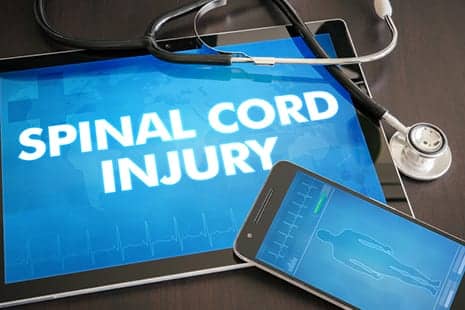Electrical stimulation may help produce movement and sensation after spinal cord injury (SCI), according to a review of more than 90 studies published recently in Physiology.
Three types of electrical stimulation therapies the various studies’ authors note to be effective are epidural spinal stimulation, in which electrodes are placed outside the covering of the spinal cord, and a device is implanted under the skin to generate electrical pulses; transcutaneous stimulation, using electrodes applied to the skin’s surface, along with an external pulse generator; and intraspinal stimulation, in which electrodes are implanted directly in the spinal cord.
Electrical stimulation may be most effective for SCI-related paralysis when combined with physical therapy and medications that encourage the spinal cord to form new neural pathways, according to a media release from the American Physiological Society.
“Going forward, careful and systematic evaluation of therapeutic stimulation approaches and their combinations with molecular and cellular interventions may be necessary to deliver effective new treatments to benefit people with spinal cord injuries,” the authors write, per the release.
[Source(s): American Physiological Society, Newswise]





